Overview of Importing from Alibaba to Canada
Importing goods from Alibaba to Canada involves navigating a series of regulatory, customs, and logistical steps. While Alibaba serves as a marketplace connecting Canadian buyers with international suppliers—primarily in China—the responsibility for compliance with Canadian laws and regulations falls on the importer. The process is generally accessible to both businesses and individuals, but requires careful attention to detail to avoid delays, penalties, or confiscation of goods.
Key Steps in the Import Process
- Supplier Selection: Choose reputable suppliers with positive ratings and a history of quality products. Request product samples and compliance documentation (e.g., test reports, material declarations) before placing a large order.
- Negotiation and Order Placement: Agree on price, minimum order quantity, lead time, payment terms, and shipping methods. Use Alibaba’s secure payment platform or other trusted methods for added protection.
- Shipping and Logistics: Decide on a shipping method (express, air, or sea freight) based on your budget and timeline. Partner with a reliable freight forwarder to handle transportation and customs clearance.
- Customs Clearance: All goods entering Canada must be declared to the Canada Border Services Agency (CBSA). Prepare necessary documents, including commercial invoices, packing lists, and any required permits.
- Payment of Duties and Taxes: Most imports are subject to duties and Goods and Services Tax (GST). Accurate classification under the Harmonized System (HS) code is essential for correct assessment.
- Delivery and Inspection: Once cleared, goods are delivered to your address. Inspect them upon arrival to ensure they meet your expectations and comply with Canadian standards.
Regulatory Compliance
General Requirements
- Business Number (BN): Importers typically need a BN with an Import/Export account from the Canada Revenue Agency (CRA).
- Product-Specific Regulations: Certain products (e.g., food, health products, textiles, steel) may require additional permits or certifications from Canadian authorities.
- Labeling: Products may need to be labeled in both English and French to comply with Canadian packaging laws.
- Safety and Certification: Electrical goods often require CSA certification; cosmetics and food must meet Health Canada and Canadian Food Inspection Agency (CFIA) standards.
Restricted and Prohibited Goods
- Restricted Items: Firearms, certain chemicals, agricultural products, and items made from endangered species may require special permits or certificates.
- Prohibited Items: Counterfeit goods, hazardous waste, and items containing ozone-depleting substances are banned from import.
- Intellectual Property: Avoid importing branded or look-alike products that may infringe on trademarks or copyrights.
Customs Documentation and Procedures
- Essential Documents: Commercial invoice, packing list, bill of lading/air waybill, and any applicable permits or certificates.
- HS Code Classification: Accurately classify your goods to determine the correct duties and taxes.
- Record Keeping: Maintain import records for at least six years for potential audits.
- Customs Broker: Consider hiring a customs broker to navigate complex regulations and streamline clearance.
Common Challenges and Best Practices
- Customs Delays: Incomplete or inaccurate documentation is a leading cause of delays. Ensure all paperwork is complete and matches the shipment contents.
- Duties and Taxes: Under-declaring value or misclassifying goods can result in penalties. Always declare the true value and correct HS code.
- Insurance: Insure your shipment to protect against loss or damage during transit.
- Tracking: Use shipping services that provide tracking to monitor your shipment’s progress.
Shipping Methods and Timelines
| Method | Typical Duration | Best For | Notes |
|---|---|---|---|
| Express | 3–5 days | Urgent, small shipments | Fastest, most expensive |
| Air Freight | 7–15 days | Medium-sized orders | Balance of cost and speed |
| Sea Freight | 25–40 days | Large, bulky orders | Most economical, but slowest |
Shipping times can vary due to customs inspections, especially for air and sea freight.
Summary Table: Key Compliance Points
| Aspect | Requirement/Action | Notes |
|---|---|---|
| Supplier Vetting | Check ratings, request samples/compliance docs | Reduces risk of non-compliant goods |
| Product Regulations | Verify if permits/certifications are needed | Varies by product type |
| Labeling | English and French may be required | Check Canadian packaging laws |
| Customs Documentation | Invoice, packing list, permits, HS code | Essential for clearance |
| Duties/Taxes | Pay applicable GST and duties | Based on HS code and value |
| Restricted Goods | Check CBSA/Global Affairs Canada lists | Some items need special permits |
| Prohibited Goods | Do not import | Seizure/destruction possible |
Conclusion
Importing from Alibaba to Canada is a viable option for businesses and individuals, provided they adhere to Canadian regulatory and customs requirements. Careful supplier selection, thorough documentation, understanding of product-specific regulations, and consideration of professional logistics support are all critical to a smooth import process. Staying informed and prepared minimizes the risk of delays, fines, or confiscation, ensuring your goods reach their destination compliantly and efficiently.





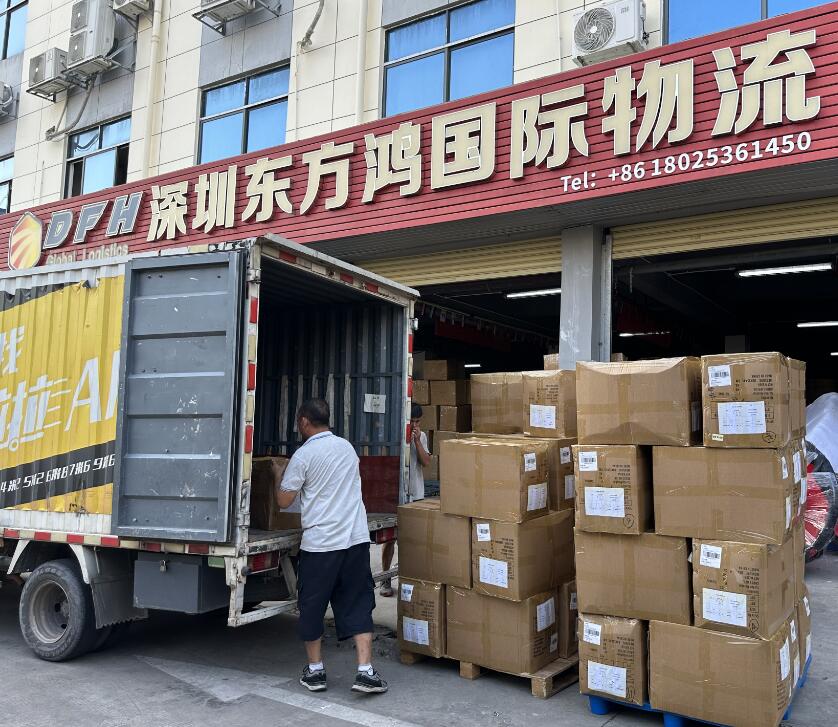
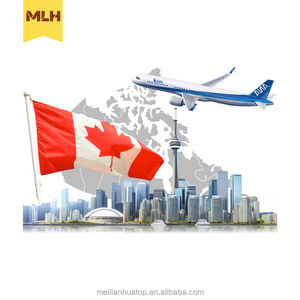




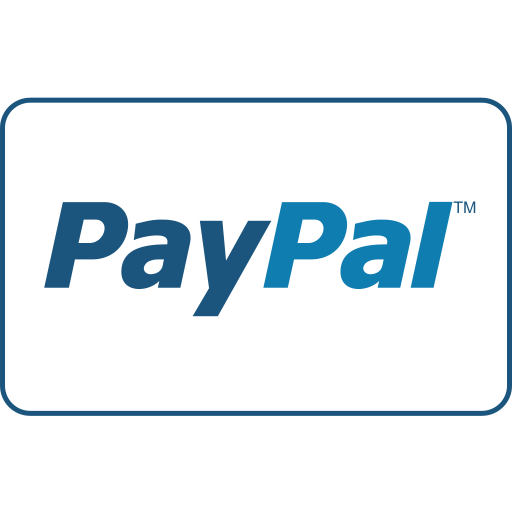
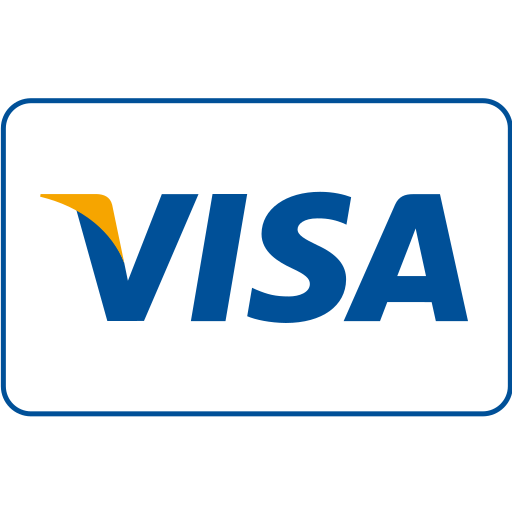
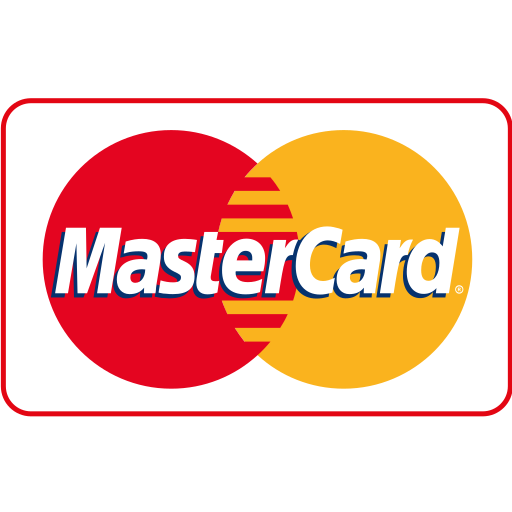
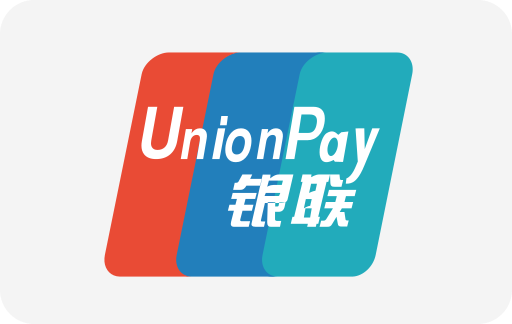
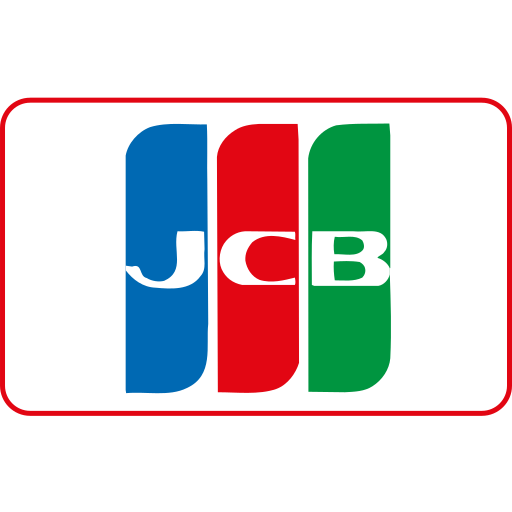



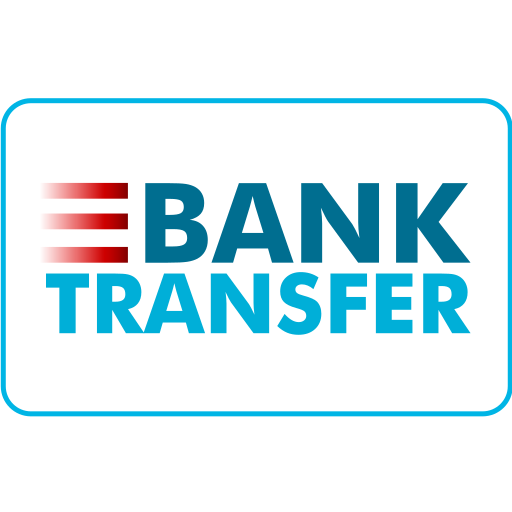
Maple Ranking offers the highest quality website traffic services in Canada. We provide a variety of traffic services for our clients, including website traffic, desktop traffic, mobile traffic, Google traffic, search traffic, eCommerce traffic, YouTube traffic, and TikTok traffic. Our website boasts a 100% customer satisfaction rate, so you can confidently purchase large amounts of SEO traffic online. For just 720 PHP per month, you can immediately increase website traffic, improve SEO performance, and boost sales!
Having trouble choosing a traffic package? Contact us, and our staff will assist you.
Free consultation